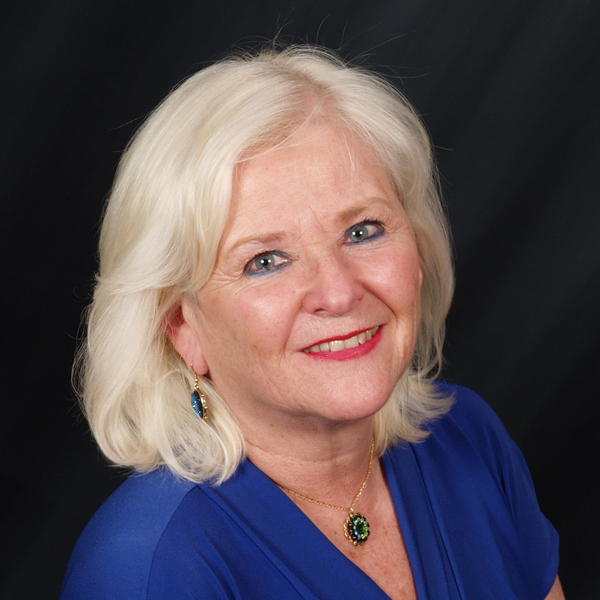Water Sales Flowing, Beverage Category Growing
CONSUMER TRENDS
New opportunities are brewing in the beverage business. Nearly half of all snack occasions now include a food and a beverage, and, in fact, 17% of snack occasions consist of a drink only, according to Technomic’s 2014 Snacking Occasion Consumer Trend Report. Baby Boomers and mature consumers are driving new incremental sales in the sports drink, energy beverage, and refrigerated tea sectors, according to IRI’s 2014 Aging America report.
A dramatic expansion of single-serve beverage kiosks into nonfood locations has created a rapidly growing grab-and-go drink sector. Beverages account for $1 out of every $5 spent at convenience stores, and bottled water represents 50% of all c-store drinks, according to Convenience Stores News. The Nutrition Business Journal projects that functional beverage sales in the United States will jump from $25.9 billion in 2015 to $41.4 billion by 2017.
Regular hot coffee, bottled water, regular carbonated soft drinks, fruit juice, milk, lemonade, diet soft drinks, and iced/hot tea are the most frequently consumed beverages in the United States, according to Technomic’s 2014 Consumer Beverage Trend Report. Gains in the massive bottled water segment—for which Beverage Marketing Corp. calculates 2015 sales growth at 5.6%—continue to drive growth in the beverage category. Sparkling water is the fastest-growing water segment.
Niche beverages, such as ready-to-drink (RTD) coffee, and energy drinks once again posted the highest absolute growth in 2015, up an estimated 7% and 6%, respectively, albeit from a much smaller base, per Beverage Marketing Corp. While sports beverages and RTD teas continue to enjoy moderate growth, carbonated soft drinks (especially diet varieties) and juices (with the exception of premium cold-pressed varieties) are struggling, Beverage Marketing Corp. reports.
Also according to Beverage Marketing Corp., citrus and root beer flavors, ginger ale, and seltzer will post modest increases among carbonated soft drinks as cola’s share declines. Premium products (e.g., craft, natural, and organic sodas) are expected to be among the strongest soft drink performers.
House-made/artisan soft drinks, gourmet lemonade, specialty iced teas, and mocktails top the list of hot nonalcoholic beverage trends for 2016, according to the National Restaurant Assoc.’s 2015 What’s Hot chef survey.
Beverage executives surveyed in Beverage Industry’s 2016 New Product Development Outlook Survey report that raspberry, cherry, orange, blueberry, pomegranate, tea, cherry, apple, lemon, strawberry, and coconut were the top-selling beverage flavors in 2015. Three-quarters of beverage companies reported using berry flavors in 2015; half used chocolate/vanilla; 45%, cinnamon or mint; 42%, coffee; 39%, tea; and—perhaps surprisingly—21% used hibiscus or root beer. Raspberry, lemon, pomegranate, mango, strawberry, blueberry, cherry, chocolate, and ginger are projected to be the top-selling beverage flavors in 2016.
Wine/beer/spirits is the most active new beverage category for 2016, followed by water/juice, sports/energy drinks, carbonated soft drinks, coffee/tea, and dairy-based/alternative drinks, according to Beverage Industry.
Use of sparkling water is growing quickly among adults aged 50-plus, per Packaged Facts’ 2014 Bottled Water report. Boxed water and water in gable-top cartons are other hot trends.
Coffee pods now account for nearly one-third of retail coffee sales, according to IRI. Cold-brewed coffee is among the National Restaurant Assoc.’s hot culinary trends for 2016. Sparkling, veggie, spring water–sourced, and dairy-based beverages represent new directions for the tea category.
With the $31 billion sports nutrition sector moving mainstream, expect more emphasis on more serious performance-driven drinks. Sales of energy/sports beverages reached $18 billion in 2015, Nutrition Business Journal reports.
Flavored, fortified, organic, lactose-free, and highly indulgent milks enjoyed strong growth for the year ended Aug. 9, 2015, per IRI. Hormone-/antibiotic-free milk and milk from specific breeds of cows are other noteworthy trends. Ethnic dairy-based beverages, (e.g., horchata and lassi) are fast gaining popularity, as are fermented drinks such as kefir and cultured milks. For the year ended Sept. 6, 2015, almond milk accounted for 65.5% of sales in the alternative beverage segment; soy milk accounted for 25%; rice milk, 5%; and cashew, hemp, and hazelnut, 1.5%, according to IRI.
Organic is the top beverage trend for 2016, according to the Beverage Industry survey of industry executives; natural ranked second. Protein, vitamin-/mineral-fortified, and probiotics fell out of the top 10 hot beverage trends for 2016 and were replaced by cognitive health, country of origin labeling, and ethnic drinks.
Seven in 10 adults would be more likely to buy a beverage that is fresh-brewed or 100% fruit juice; six in 10 would opt for all-natural, naturally sweetened, no artificial ingredients, or handcrafted/house-made; half prefer beverages made without high fructose corn syrup or hormones/antibiotics. Sugar remains the preferred beverage sweetener for 43%; 9% of consumers have a preference for stevia-sweetened brands, per Technomic’s drink report.
 A. Elizabeth Sloan, PhD,
A. Elizabeth Sloan, PhD,
Contributing Editor
President, Sloan Trends Inc.,
Escondido, Calif.
[email protected]
